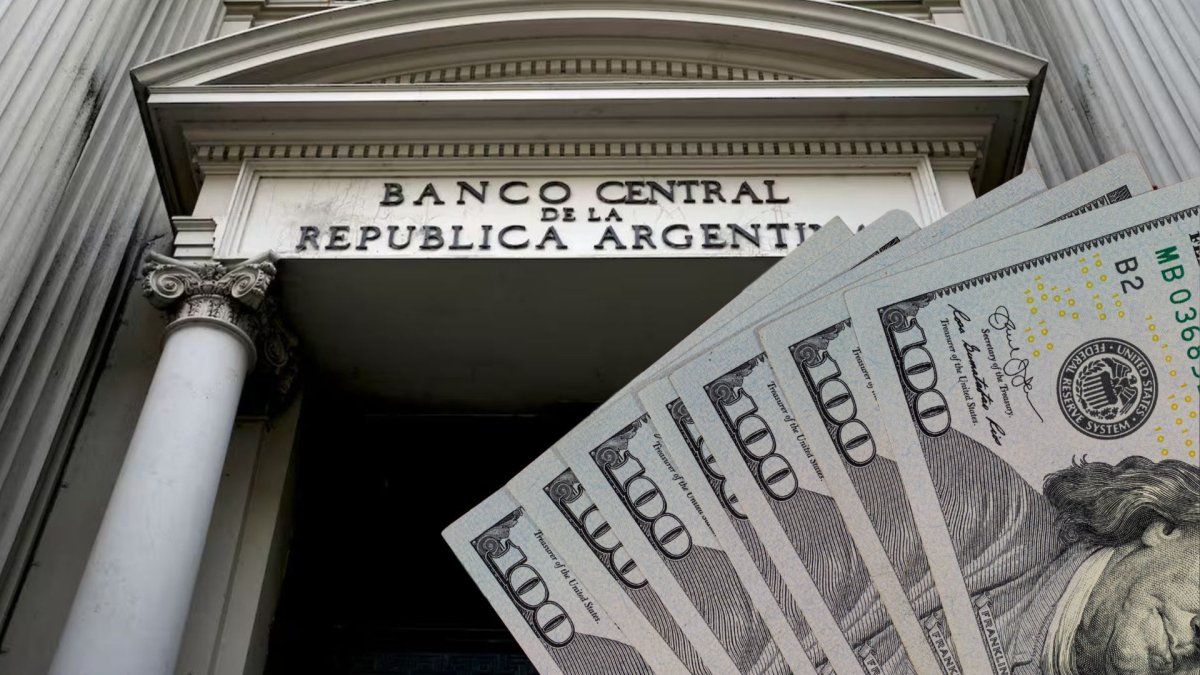The check “Services” of the exchange balance of the Central Bank (BCRA) registered a U $ S744 million deficit last June, which represents a 21% less than the previous month But more than double in relation to a year ago. However, it is worth noting that it is the lowest level since last January when the red of the services sector began to grow strongly.
Last month’s deficit is explained by net expenses for “Trips, tickets and other card payments” for US $ 863 million, of “Freight and insurance” for $ S130 million and “other services” for US $ 119 million. Of course, the service deficit was not greater thanks to the flow of net income as “Professional and Technical Business Services” that last month contributed US $ 367 million.
Anyway, the balance of the first semester is significantly deficient to total $ 5,868 million which already implies 20% above the entire deficit last year. If I kept the trend seen in the first part of 2025 to the rest of the year, another historical record could be marked, exceeding the maximums of 2017 and 2022 of US $ 10,819 million yu $ s10.106 million, respectively.
In the accumulated of 2025, it is observed that Trips and other cards with cards lead the deficit with US $ 4,889 million While professional, business and technical services, with surplus, totalize US $ 1,713 million.
migrations ezeiza.jpg
The trips have been representing an important currency exit.
Other concepts with deficit are: Charges for intellectual property for US $ 518 million, Freight US $ 675 million, passenger transport services US $ 476 million, Operational lease services US $258 million, Insurance Services US $ 209 million, other transport services US $ 155 million, government services US $ 137 million, financial services US $ S69 million and information and information services US $ 29 million.
They also had surplus in the semester the concepts of services related to the Trade for US $ 51 millionPersonal, cultural and recreational services for US $ 24 million, plus US $ 4 million construction services.
As is happening in recent months, the negative net flow linked to the “trips, passages and other card payments” not only generates controversies due to its impact on BCRA reserves but also from the statistical point of view. In this regard, the BCRA warns that this account “It should not be associated only with travel expenses since, in the turns that are made abroad to cancel balances with international card issuing companiesboth consumptions that are made by trips abroad and non -face -to -face purchases of goods and services to suppliers abroad are included. ”
Of course,, reciprocally, the income also includes non -face -to -face purchases that make the use of cards, local suppliers, who qualify as “non -residents.” Therefore, with the aim of improving these statistics, The BCRA issued the A-8254 communication in order that, as of July, it can be properly differentiated between travel consumption from and abroad and non -face -to -face purchases of goods and services to suppliers abroad/from abroad to local suppliers.
Another element that the BCRA considers relevant when it comes to comparisons and conclusions, is that “70% of expenses for ‘trips, tickets and other card payments’ are directly canceled by customers with foreign currency fundswhich reduces the deficit impact of these consumptions on the change market; These funds are received by the entities and then sold, so they constitute anchor for the change market. ”
What else happened in June? Primary income operations represented a net exit of US $ 465 millionexplained by net payments of interest for US $ 458 million and, to a lesser extent, for net expenditures of profits, dividends and other income abroad for US $ 7 million.
For its part, The government and BCRA made net interest cancellations for US $ 141 million, explained mainly by gross cancellations of interest to international organizations (excluding the IMF) and other concepts for US $ 161 million YU $ S32 million, respectively. While the private sector made net interest cancellations for US $317 million. Finally, secondary income operations represented a deficit of US $ 9 million.
Source: Ambito




